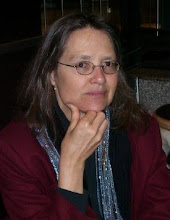I suspect that “intensive” ESL is often assumed to mean “immersion” ESL. We generally take “intensive” to mean “concentrated,” with the result that an intensive ESL program would be denser than the usual program. But that doesn’t seem to be the case. As far as I can tell, “intensive” is used to mean “faster” than normal.
Here is an example to explain what I mean. On my campus, our core courses total 48-hours of class time, the same as a 3-hour credit class. Thus, in the Fall semester, for example, a student make take one 48-hour Communications class, attending two hours a day, two days a week, for 24 class periods.
The “intensive” schedule, on the other hand, is offered on our other campuses. On this schedule, students still attend class for 2 hours/day, but 4 days a week. This means that the student covers the same amount of material in half the time. That also allows the college to offer two sets of classes in a semester, one at the beginning of the semester, and the other at midterm. Thus, a student may take one 48-hour course from September to October, and the next 48-hour course from October to December. That is, the savvy student, who wants “to learn perfect English as fast as possible,” as most students (in their idealistic enthusiasm) report is able to cover twice as much material at four times the pace of a college class.
Is there a problem with that? I see one, and so do student who return to my campus after having taken such classes. In covering the same material in half the time, students have half the time to study and practice outside of class—and for many students, it is difficult to find much time for study and practice as it is. Thus, students are confronted with material at an accelerated rate while they have not yet digested the material they have already covered.

No comments:
Post a Comment